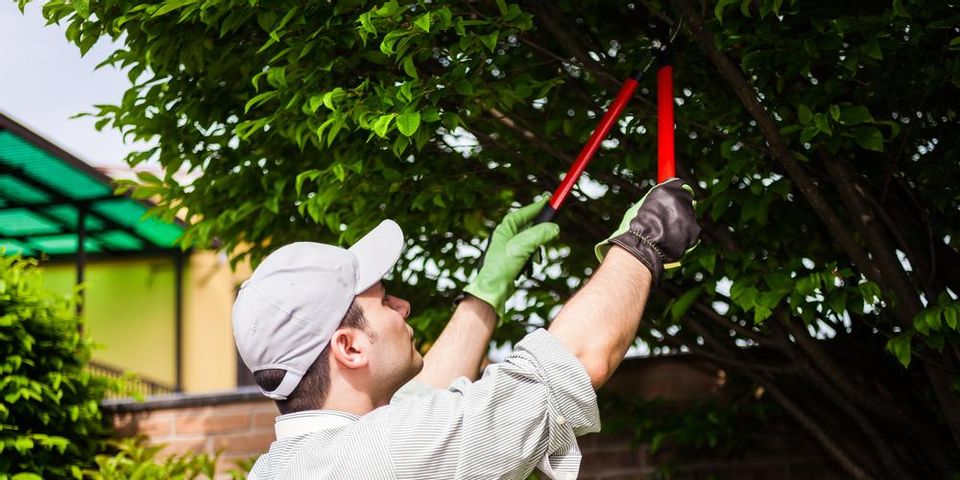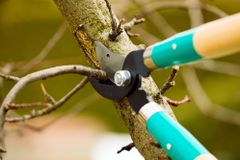3 Steps to Properly Prune Your Fruit Trees

Fruit trees require a certain level of care to ensure continued production. Otherwise, the branches will become too dense and won’t leave enough room for the fruit to grow. That’s why tree service professionals recommend pruning your trees regularly. These three techniques they use will help the fruit tree flourish.
3 Best Practices for Pruning Fruit Trees
1. Remove Dead Branches
Tree service specialists will first take down any branches that appear to be dead or dying. Small twigs growing out from the side of the trunk will also be cut away since they’re not useful for producing fruit. This will clean up the tree’s appearance and provide a clearer path to additional branches that will be removed during the pruning process.
2. Take Out the Excess
 Overgrown trees can be difficult to maintain and won’t produce as much fruit, which is where thinning the branches comes into play. The tree service professionals will start by removing branches growing downward to prevent overlapping. They’ll then carefully prune away branches that are growing too close to one another to give each a little more space to breathe.
Overgrown trees can be difficult to maintain and won’t produce as much fruit, which is where thinning the branches comes into play. The tree service professionals will start by removing branches growing downward to prevent overlapping. They’ll then carefully prune away branches that are growing too close to one another to give each a little more space to breathe.
3. Cut Back the Tree
Once the branches have been thinned out, it’s time to cut back the tree even more. The tree service experts will start from the outermost branches and work their way in toward the trunk, taking out 20-30% of last year’s growth. This will keep the branches from collapsing under the weight of the fruit.
Residents of Honolulu, HI, know they can depend on Sherwood’s Tree Service to provide the quality maintenance their fruit trees need. With over 40 years of landscaping experience and a team of highly-trained arborists, this locally owned company uses the most advanced tree trimming equipment in the industry and is available 24/7 for emergency tree services. Call (808) 537-9705 to receive a free estimate, or visit their website to learn more about how they can serve you.
About the Business
(7 reviews)
Have a question? Ask the experts!
Send your question

